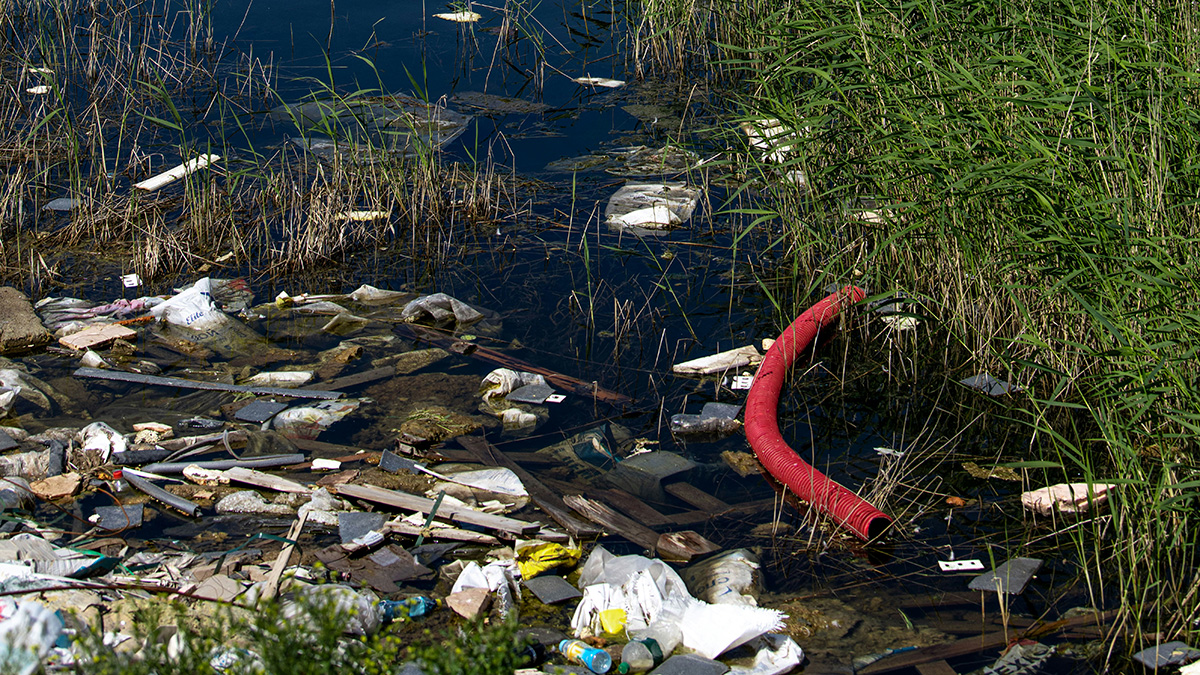Environmental liability is a concept introduced in 2004 by a specific European Directive, which imposes specific burdens on companies and businesses that are responsible for serious environmental contamination, habitat destruction and the depletion of environmental resources. The guilty parties are called not only to compensate for the damage, but also to bear all the costs necessary to restore the damaged environments.
Of the concept of environmental responsibility we hear about it more and more frequently, especially in conjunction with disasters affecting habitats, caused for example by the activities of large companies. This is a discipline that has been accepted for some time by theEuropean Union which, based on the principle “who pollutes, pays”, introduced specific rules so that guilty parties are legally and economically responsible for their actions. But in the event of environmental disasters, who pays for the damage caused?
The entire discipline on environmental liability is regulated by the European Directive 2004/35/EC and, in addition to the consequences for the damage caused, also defines the necessary actions for prevention and habitat restoration. Below, all the useful information.
What is environmental responsibility?
The term environmental responsibility refers to a dense regulatory framework, approved in Europe in 2004, to establish the burdens and duties of all those legal entities – in particular, big companies – who are responsible for contaminations e environmental damage. By law itself, the inspiring principle of this measure is the concept “who pollutes, pays”. This means that, if a company were to be responsible for an environmental year:
- must take preventive measures against further consequences;
- is called upon to provide for the repair of the same damages;
- must bear all related costs.
The same directive, 2004/35/CE, then defines the damages that lead to the recognition of liability by the company involved:
- all damages that impact the environmental state of the aquatic resourcesin violation of regulations 200/60/EC and 2008/56/EC, relating to the conservation of waters and marine environments;
- all the soil damage which create a potential risk to human health;
- all damages to habitats and protected speciessuch as to threaten its conservation;
- lo illegal discharge of polluting substancesor dangerous to health, in the air, in internal surface waters or underground;
- the unauthorized release of genetically modified organisms in the environment.
Extended producer responsibility
The body of legislation on environmental liability should not be confused with the Extended Producer Responsibilityalways defined at European level by Directives 2008/98 and 851/18.
In this case we are talking about the management of post-consumer waste, in which some companies are called to participate both practically and financially. For example, this is the case of the collection and correct disposal of WEEE, or electronic waste.
Which sectors are affected by environmental responsibility?
The current legislation establishes which production sectors, and therefore the related companies, are called to answer for environmental liability in the event of serious damage to environmental resources. First of all, the companies that may be guilty of contamination as a consequence of their professional activities are identified:
- energy industries;
- industries specialized in the production and transformation of metals;
- mining industries;
- chemical industries;
- collection and recycling sector waste management;
- companies specializing in the large-scale production of pulp, paper, coal, textile dyeing and tanneries;
- companies specializing in the large-scale production of food, meat, and dairy products.
In the event of environmental damage that threatens the survival of protected species or involves the destruction of a rare natural habitat, any company that is responsible for both intentional and negligent behavior is liable. However, liability does not apply in the event of armed or nuclear conflicts, when unforeseeable natural disasters occur, and when excluded by international treaties.
Who Pays for Damages: The Liability Process

When environmental damage occurs due to the possible action of a company, including in the foreseen regulatory cases, a verification phase of the same responsibility. Through field analysis, but also legal investigations, third parties identify the party responsible for the contamination and the damage caused is confirmed.
At this point, the identified legal entity – and therefore responsible for the pollution produced – will be called upon to respond to three fundamental obligations:
- the cessation of the offenceto prevent the contamination from spreading, causing further environmental damage. For example, a company caught red-handed dumping toxic waste into waterways must immediately stop the illegal action, even if this means halting production to upgrade the waste disposal systems;
- il restoration of damaged habitatswhich will have to be returned to the condition prior to the damage, all at the expense of the company held responsible;
- the repair of damagealso from a financial point of view, including compensation to individuals or other productive entities who have unwittingly fallen victim to the contamination perpetrated.
In other words, any costs and expenses resulting from the damage to environmental resources will be the sole responsibility of the company. Naturally, the amount of these costs varies depending on the severity of the environmental damage caused.
Source:
Source: www.greenstyle.it


